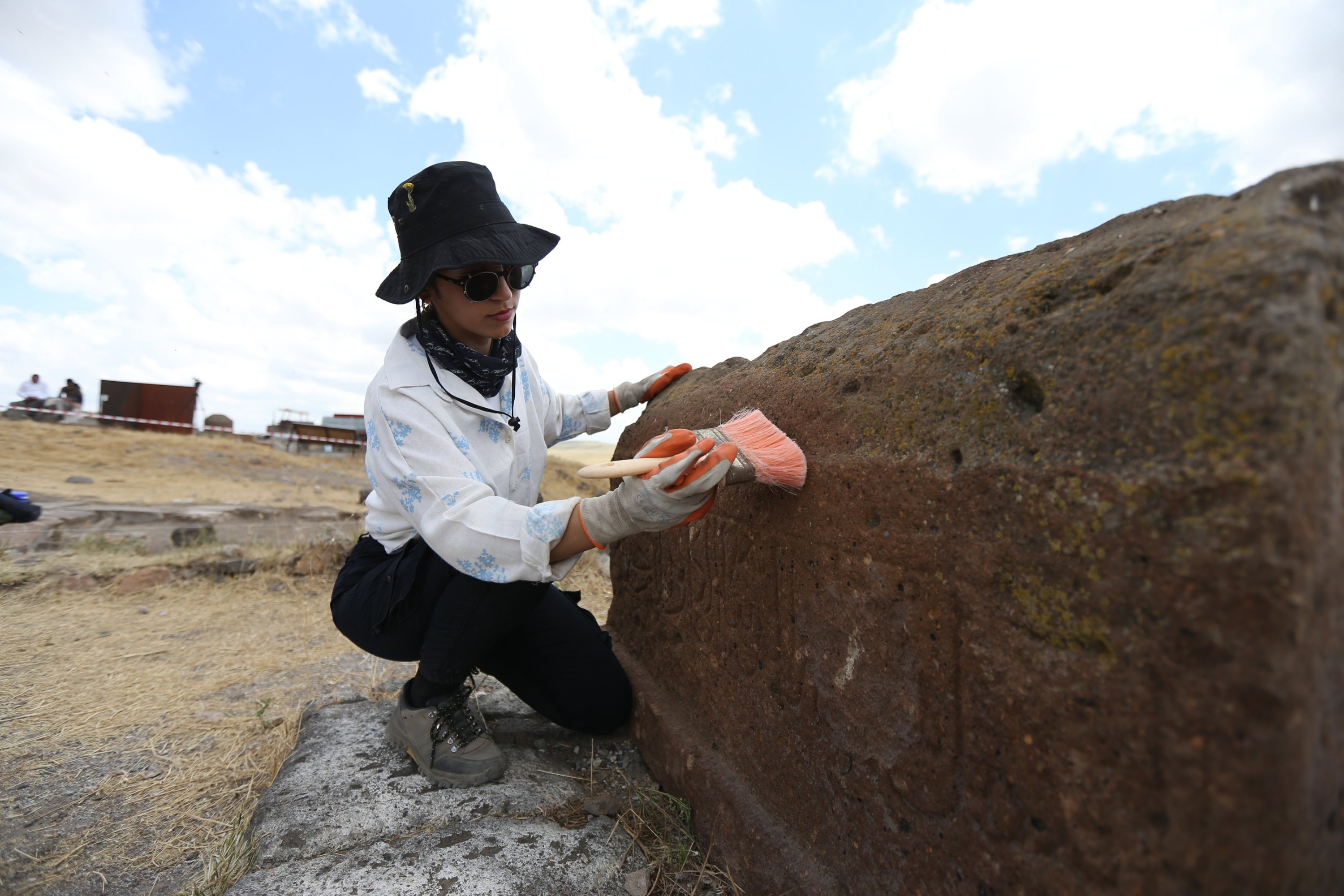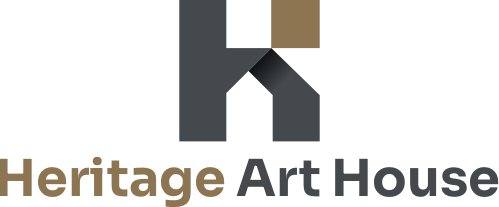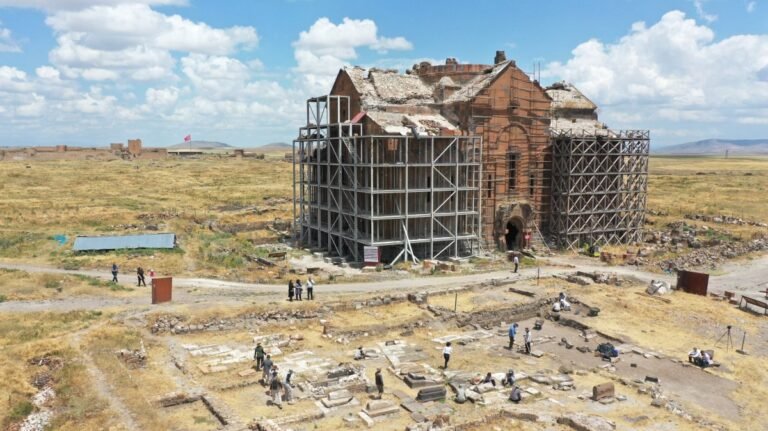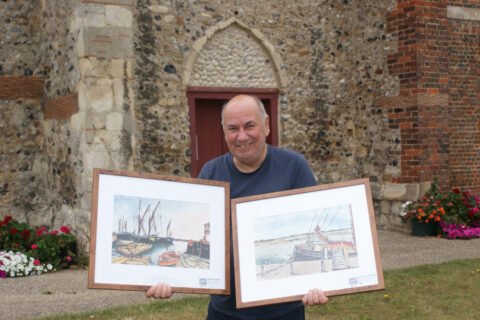Excavations are ongoing at six sites within the Ani Ruins, a UNESCO World Heritage site in eastern Türkiye, to uncover immovable and movable historical remnants buried for centuries.
Located in Kars province, Ani served as a key gateway from Central Asia to the Near East and from the Caucasus to Anatolia. The site is home to notable examples of Turkish-Islamic architecture dating back to the 11th and 12th centuries.
Throughout history, Ani was ruled by numerous powers, including the Bagratid dynasty, Byzantines, Seljuks, Georgians, Mongols, Ilkhanids, Karakoyunlus, Akkoyunlus and the Ottoman Empire. It was once a city where Christians and Muslims lived side by side.
This year, excavation efforts are being jointly carried out by the Turkish Ministry of Culture and Tourism and Kafkas University. A team of 130 experts – including art historians, archaeologists, architects and restoration specialists – is working to unearth and preserve the site’s historic structures.

Muhammet Arslan, the head of the Ani excavation team and an associate professor, told Anadolu Agency the 2025 excavation season began in April and will continue through Dec. 31.
“Excavations, conservation, and landscape efforts are being conducted simultaneously at six locations,” Arslan said. “One of the key sites is the Seljuk residential area. We believe there was a large neighborhood west of the Grand Mosque (Ebul Menuçehr Mosque), which is recognized as the first mosque built by Turks in Anatolia. We’ve been working here since 2019, and this year, we are continuing to uncover significant examples of civil architecture from the Seljuk period.”
Excavations are also progressing in two phases at the Seljuk Bazaar, he added.
“We believe the central axis stretching from the Aslanlı Gate to the Grand Mosque was a commercial zone. Findings from the site confirm this. We are revealing Seljuk-era workshops and shops, structured as part of the city’s trade center.”
Another major excavation site is the Seljuk Cemetery, located about 30 meters (98.43 feet) southwest of the Fethiye Mosque, where work began in 2021.
“This site is considered the first Turkish-Islamic cemetery in Anatolia,” Arslan said. “We have uncovered the remnants of an octagonal mausoleum, along with tombs featuring sarcophagi and gravestones known as ‘akıt’ markers.”
The team is also focused on preservation, Arslan noted.
“We are conserving architectural remains that have been buried underground for over 1,000 years to ensure they can be passed on to future generations. Our team also restores movable artifacts – including stone, terracotta, glass and bone – in our lab at the excavation house. The most valuable pieces are delivered to the Kars Museum for public display.”
In addition to excavations, the team is working on landscape improvements to enhance the visitor experience.
“We are continuing to build walking paths inside the ancient city walls,” Arslan said. “By the end of the season, we aim to complete a nearly 5.5-kilometer (3.42-mile) route using natural stone and wooden sleepers, allowing visitors to explore the site in a safer and more comfortable way.”






